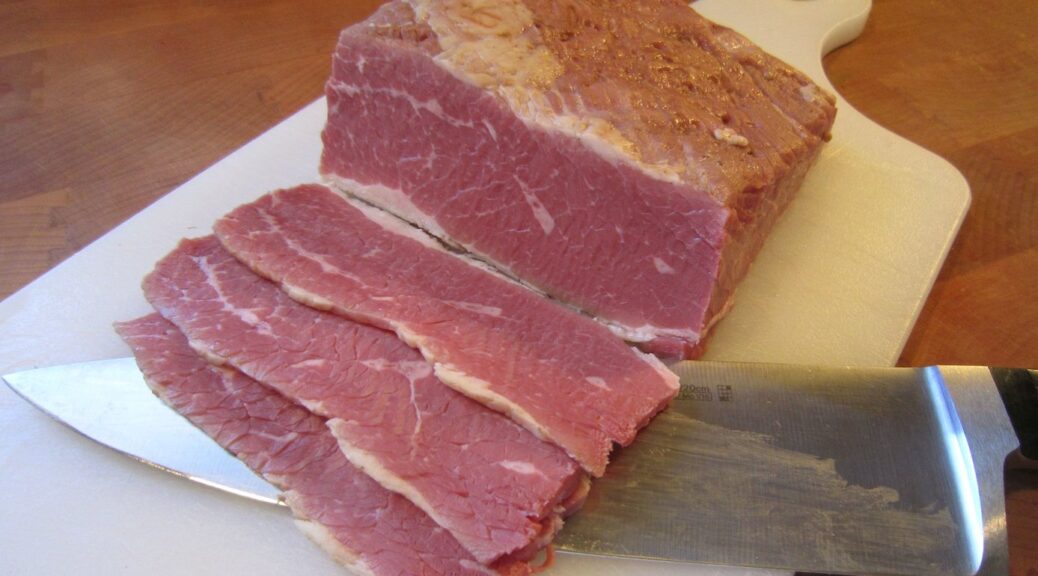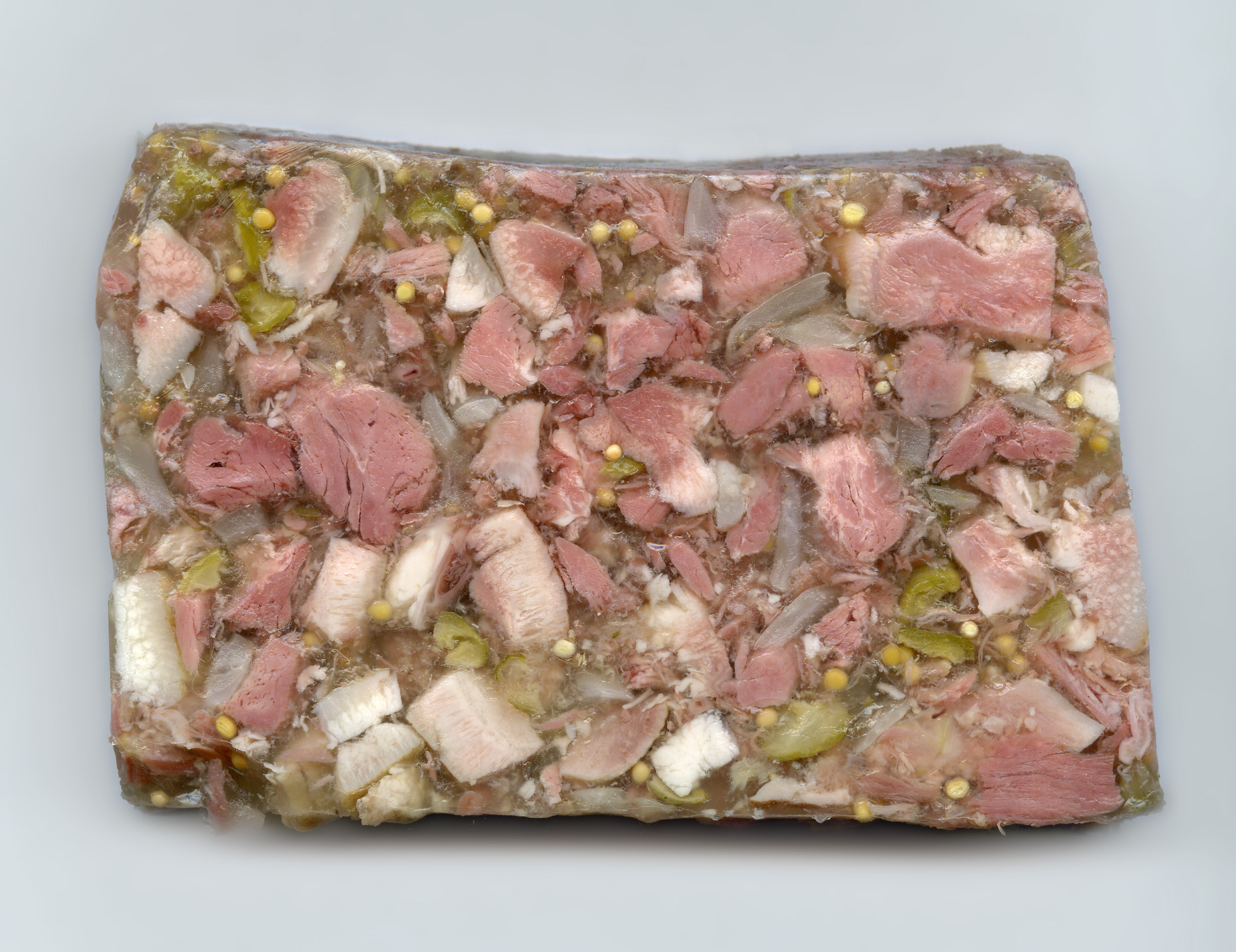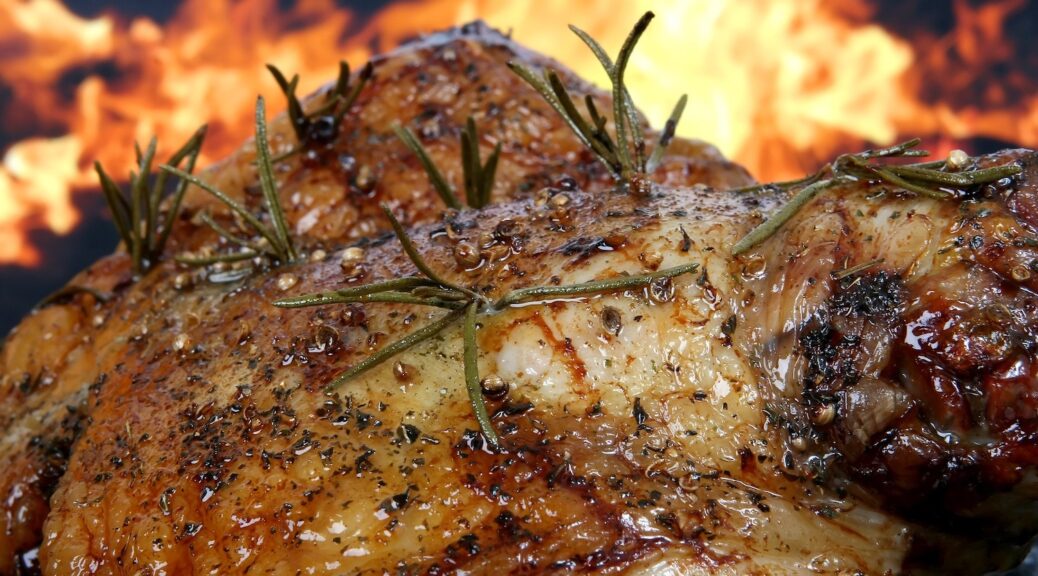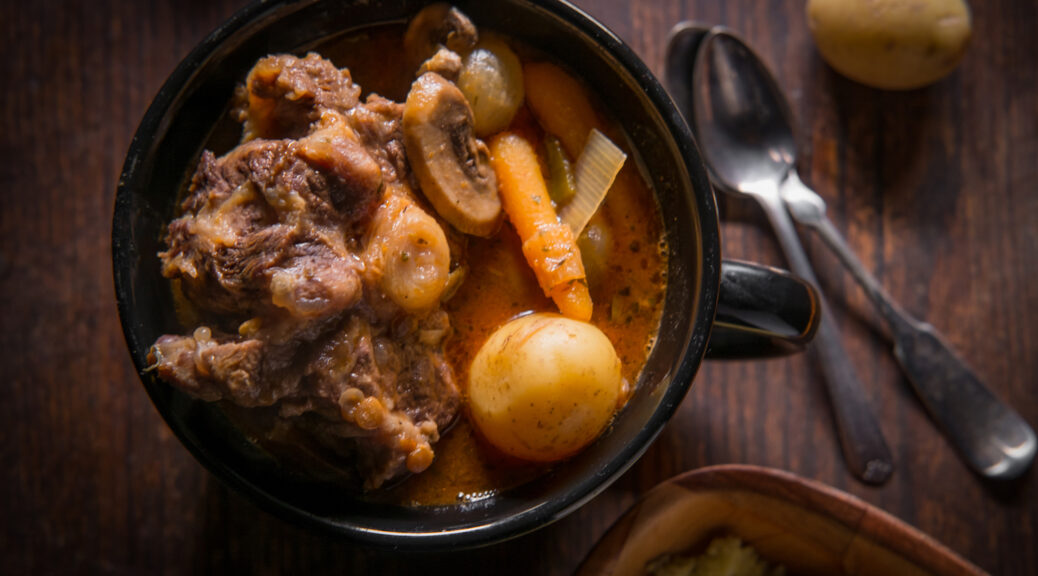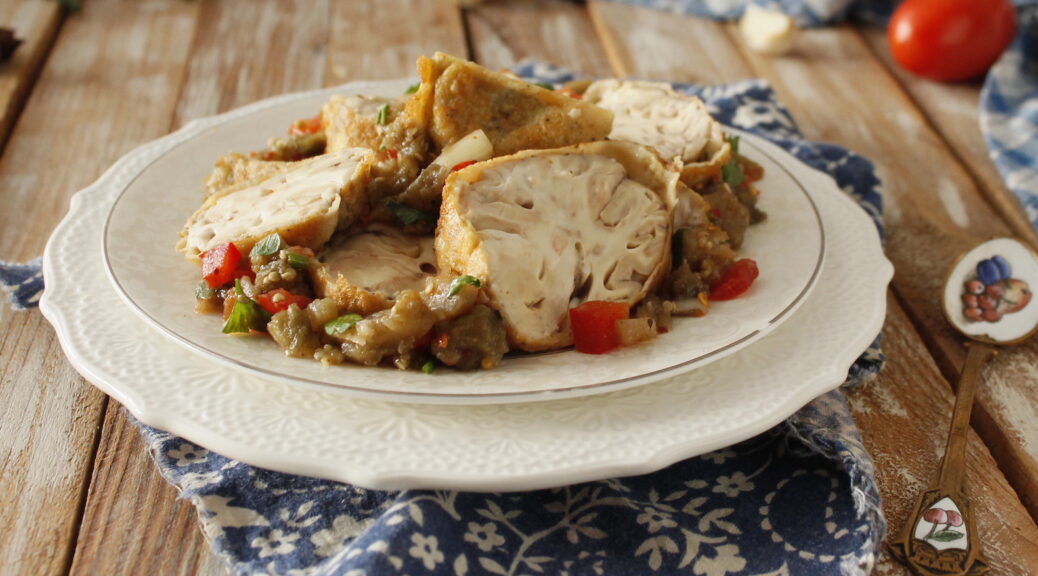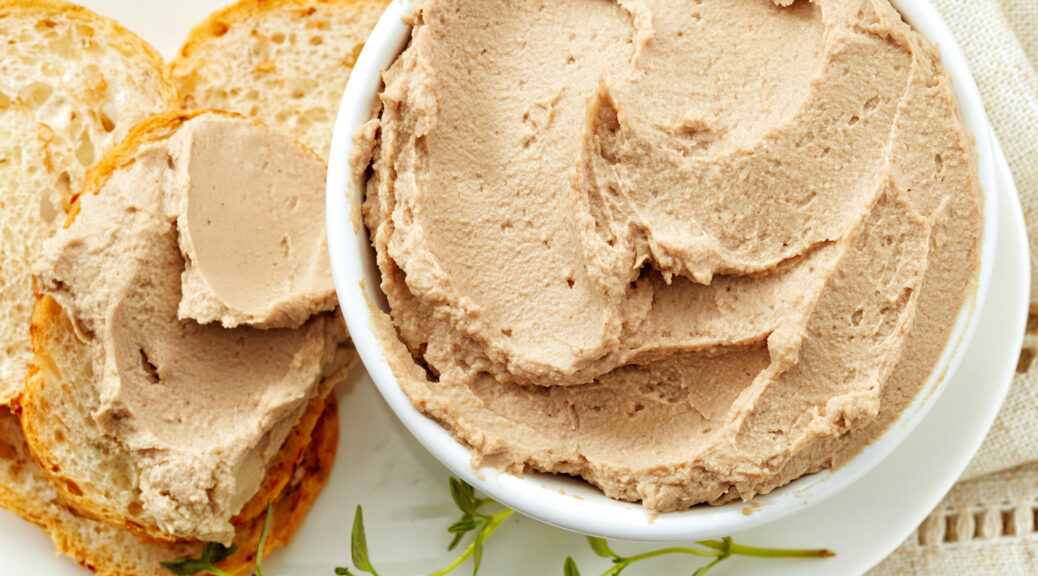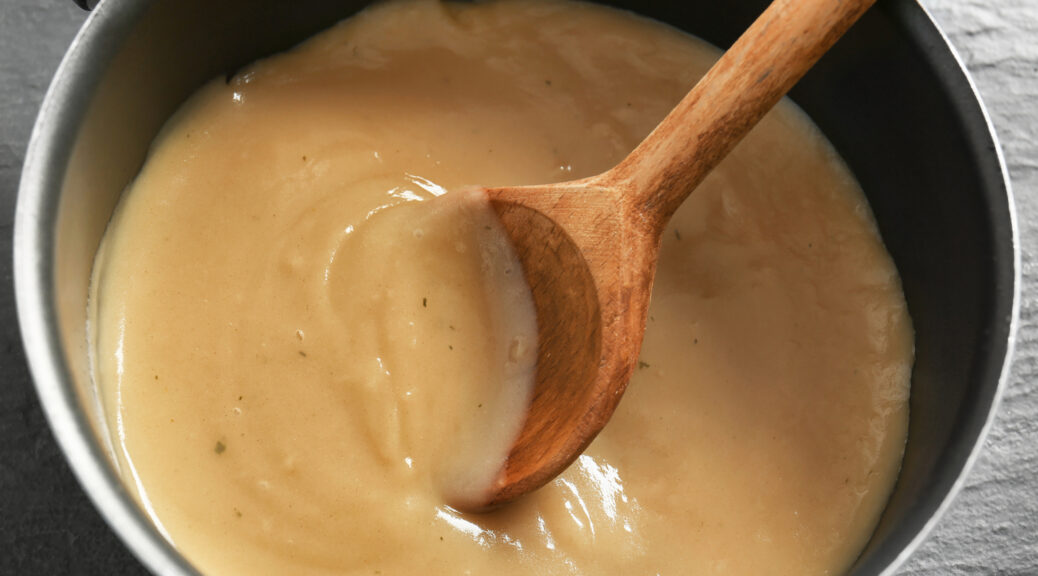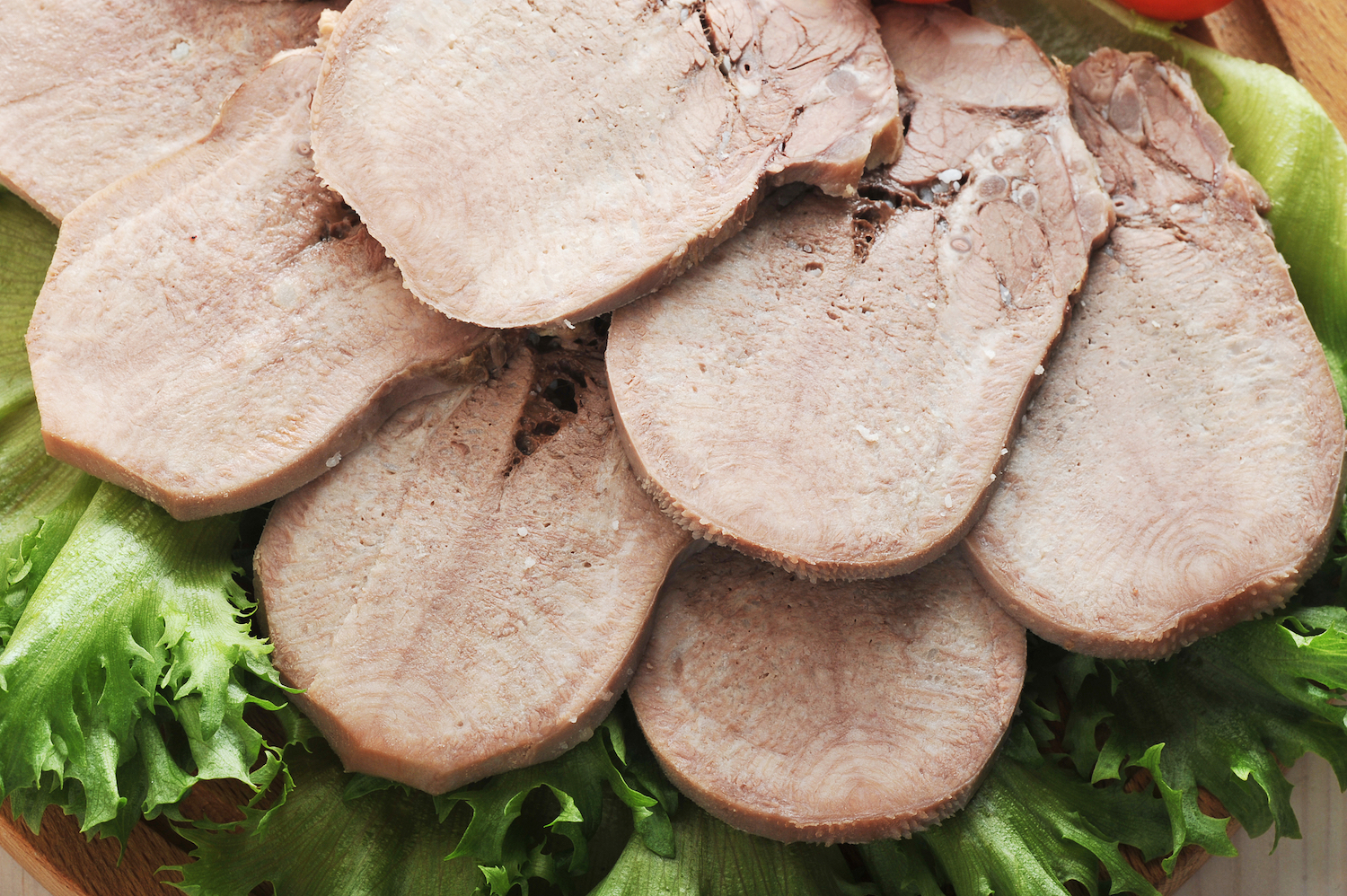How to Make and Cook Corned Beef
Corned beef is cured with large-grained rock salt, also called “corns” of salt. This was a way to keep meat when it couldn’t be eaten fresh before it spoiled. Corned beef was eaten either hot or cold. If cold, it was pressed under a heavy weight before serving. Image: Libby, McNeill & Libby Corned Beef, 1898 INFORMATION BELOW FROM 1800s COOKBOOKS TO CORN BEEF Rub each piece of beef well with salt mixed with one-tenth part of saltpeter, until the…
